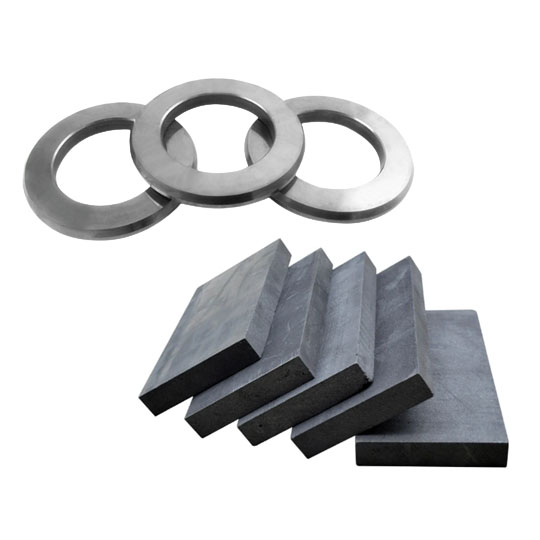Объясните физические свойства твердосплавной пластины
Твердосплавные пластины это не обычные металлические листы. Они изготовлены из карбида вольфрама - соединения, сочетающего в себе твердость вольфрама и химическую прочность углерода. Эти пластины чрезвычайно твердые, их твердость составляет около 9 баллов по шкале Мооса (алмаз - 10 баллов). Они обладают невероятной износостойкостью, высокой прочностью на сжатие, сохраняют кромку и прочность при высоких температурах. Именно поэтому они широко используются в инструментальной промышленности, при изготовлении штампов и в высокоударных промышленных работах.
Физически твердосплавные пластины плотные и тяжелые, обычно серого цвета с матовой поверхностью. Несмотря на свою твердость, они могут быть хрупкими, что делает их склонными к сколам и трещинам при плохом обращении. Это уникальное сочетание прочности и хрупкости означает, что правильное хранение имеет решающее значение.
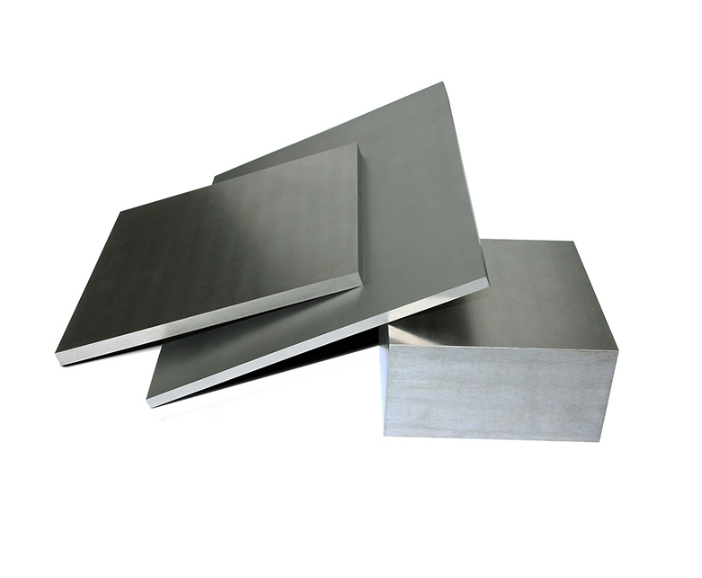
Почему важно правильно хранить твердосплавные пластины?
Думайте о твердосплавных пластинах как о прецизионных лезвиях. Стали бы вы бросать бритвенные лезвия в ящик с гвоздями и шурупами? Надеюсь, что нет! Правильное хранение твердосплавных пластин защищает ваши инвестиции, сохраняет производительность и продлевает срок службы материала.
Правильное хранение предотвращает:
- Ржавчина и коррозия от влаги окружающей среды
- Физические повреждения, такие как сколы, искривления или трещины
- Нежелательное загрязнение другими металлическими пылями
- Разрушение покрытия или обработки поверхности
Другими словами, способ хранения напрямую влияет на то, насколько хорошо они будут работать, когда резина попадет на дорогу (или, в данном случае, когда фреза попадет на заготовку).
Неправильное хранение твердосплавных пластин может привести к проблемам
Что может пойти не так, если спрятать твердосплавные пластины в случайном углу склада? На самом деле, очень многое. Вот основные проблемы:
- Окисление и ржавчина: Даже карбид, известный своей стойкостью, не полностью защищен от коррозии. При высокой влажности или контакте с жидкостями кобальтовое связующее в карбиде может окисляться.
- Сколы и поломки: Эти пластины не являются гибкими. Любое неаккуратное обращение или укладка могут привести к необратимым механическим повреждениям.
- Загрязнение: Если они смешиваются с другими металлическими опилками или пылью, это может привести к изменению характеристик поверхности, нарушению адгезии покрытия и снижению качества продукции.
- Ошибочная идентификация: Отсутствие маркировки или смешанное хранение может привести к использованию не той пластины, что приведет к браку, переделке или даже повреждению оборудования.
Лучшие практики для Твердосплавная пластина Условия хранения
Рекомендации по оптимальному хранению твердосплавных пластин в окружающей среде и физических условиях
| Параметр хранения | Идеальное состояние | Почему это важно |
|---|---|---|
| Температура | От 15°C до 25°C (от 59°F до 77°F) | Предотвращает образование конденсата и тепловой удар |
| Влажность | Относительная влажность ниже 40% | Предотвращает окисление и коррозию |
| Ориентация хранения | Вертикальные в мягких стойках или горизонтальные с распорками | Предотвращает повреждение поверхности, коробление и сколы |
| Контроль пыли | Чистая, отфильтрованная среда | Удерживает частицы загрязнений на поверхности |
| Идентификация | Маркировка по типу, размеру и партии | Обеспечивает прослеживаемость и правильное применение |
| Упаковка | Антистатические пластиковые рукава или герметичные пакеты из фольги | Добавляет еще один слой физической и химической защиты |
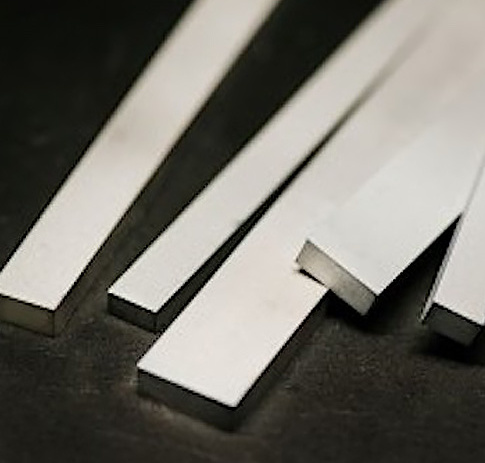
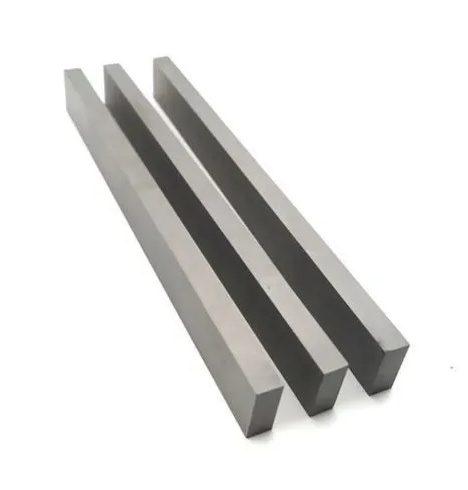
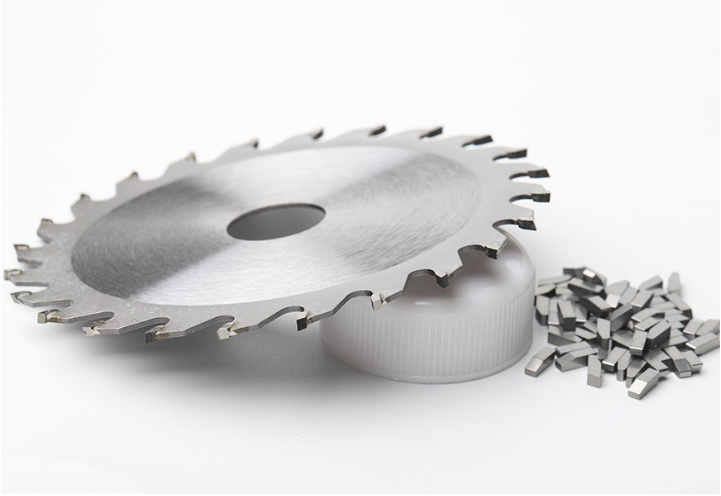
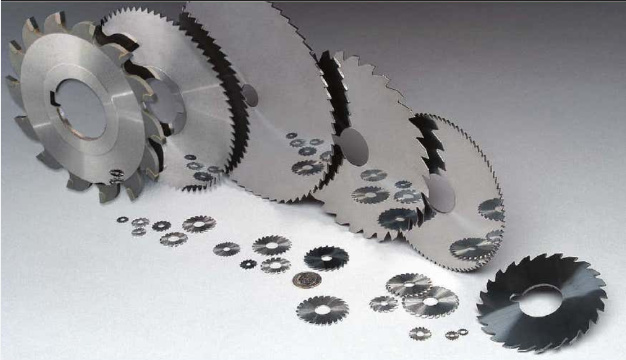
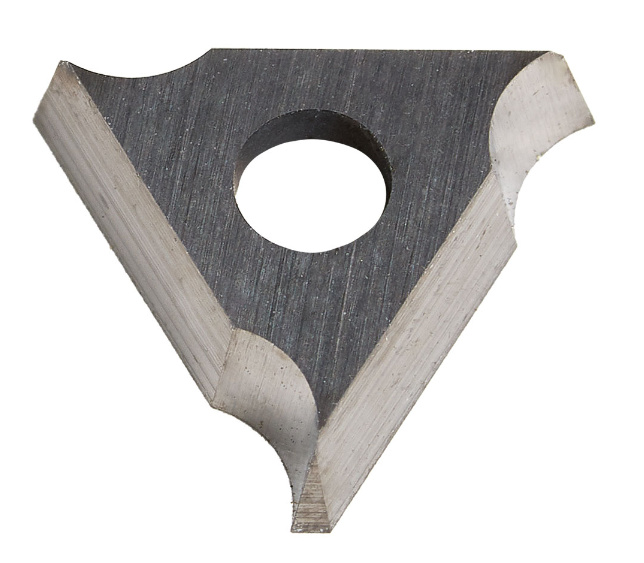
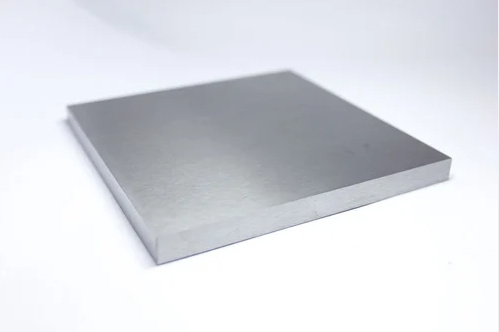
Условия хранения и контейнеры для твердосплавных пластин
Представьте себе хранилище повышенной секретности, но только для промышленных материалов. Твердосплавные пластины лучше всего работают в контролируемой, чистой и сухой среде. Подумайте о складе с регулируемым климатом или инструментальном складе с ограниченным доступом. Вы же не хотите, чтобы посторонние люди хватали пластины и швыряли их, как подставки.
Используйте отдельные отделения или коробки для хранения с пенопластовой прокладкой. Для длительного хранения лучше использовать вакуумные или азотные контейнеры. Избегайте картонных коробок, если только они не герметичные, влагостойкие, поскольку обычный картон может притягивать и удерживать влагу.
И помните: Всегда разделяйте пластины поролоновыми, войлочными или резиновыми прокладками. Никогда не позволяйте металлу касаться металла.
Профилактика ржавчины и коррозии для твердосплавных пластин
Несмотря на то что карбид вольфрама противостоит ржавчине, кобальтовое связующее вещество, содержащееся в нем, не противостоит. Со временем, особенно в условиях повышенной влажности, этот кобальт может выщелачиваться и ржаветь. Именно поэтому многие пластины поставляются с защитными покрытиями или ингибиторами коррозии.
Советы по предотвращению ржавчины:
- Используйте силикагель или влагопоглотители в контейнерах для хранения.
- Нанесите тонкий слой масла для защиты от ржавчины (но убедитесь, что это не помешает дальнейшему покрытию или обработке).
- Используйте бумагу или пакеты с ингибитором коррозии паров (VCI).
- Никогда не прикасайтесь к поверхности голыми руками - Масла вашей кожи + влажность = коррозийный коктейль.
Советы по обращению и транспортировке
Перевозите твердосплавные пластины? Не обращайтесь с ними как со стальными плитами. Это прецизионные детали. Неаккуратное обращение может привести к появлению микроскопических трещин, особенно по краям, которые впоследствии могут повредить всю деталь при обработке.
Следуйте этим правилам:
- Используйте мягкие поддоны или специальные ящики с прорезями.
- Заверните каждую тарелку отдельно. Пузырчатая пленка - это хорошо, пенопласт - лучше.
- Избегайте падений и ударов. Они прочные, но хрупкие.
- Используйте вилочные погрузчики или тележки для перевозки больших плита не человеческая грубая сила.
Если вам кажется, что вы работаете с дорогой стеклянной посудой, значит, вы все делаете правильно.
Как долго можно хранить твердосплавные пластины?
Хорошая новость: у твердосплавных пластин нет срока годности. При правильном хранении они могут прослужить десятилетия. В отличие от химических веществ или композитных инструментов, они не разрушаются со временем, если их защитить от влаги, коррозии и механических повреждений.
Однако всегда проверяйте, нет ли признаков:
- Поверхностная ржавчина
- Скол края
- Разрушение покрытия
- Выцветание этикетки (при необходимости переклейте)
Короче говоря? Правильно хранящиеся твердосплавные пластины могут пережить большинство из нас.
Топ-10 моделей специфических металлических порошков для производства твердосплавных пластин
Сравнение популярных моделей металлических порошков, используемых в производстве твердосплавных пластин
| Название модели | Состав | Размер зерна | Твердость | Ключевое применение | Плюсы | Cons |
|---|---|---|---|---|---|---|
| WC-Co K20 | 94% WC + 6% Co | 1,5 мкм | Высокая | Режущие и быстроизнашивающиеся детали общего назначения | Отличный баланс твердости и прочности | Умеренная коррозионная стойкость |
| WC-Co K10 | 94% WC + 6% Co | 0,8 мкм | Очень высокий | Тонкие режущие инструменты, прецизионные штампы | Отличное сохранение кромки | Хрупкий при ударе |
| WC-Co-Ni | WC + Co + Ni | 1,2 мкм | Высокая | Коррозионностойкие приложения | Улучшенная коррозионная стойкость | Более низкая твердость по сравнению с чистыми связующими Co |
| WC-TiC-Co | WC + TiC + Co | 1,5 мкм | Средний | Металлообрабатывающие инструменты | Повышенная термостойкость | Снижение прочности |
| WC-Co Cr3C2 | WC + Co + карбид хрома | 2,0 мкм | Средний | Коррозионные и высокотемпературные среды | Устойчивость к окислению | Не подходит для ударных нагрузок |
| WC-Co-TaC | WC + Co + карбид тантала | 1,0 мкм | Высокая | Инструментальные стали, материалы для аэрокосмической промышленности | Высокая прочность при повышенных температурах | Дороже, чем обычный WC-Co |
| WC-Co-VC | WC + Co + карбид ванадия | 1,2 мкм | Высокая | Инструменты для финишной обработки | Ингибитор роста зерна | Низкая вязкость разрушения |
| WC-Co-NbC | WC + Co + карбид ниобия | 1,0 мкм | Высокая | Вставки для пресс-форм и штампов | Повышает прочность | Увеличение стоимости за счет редких элементов |
| WC-Co-Cr | WC + Co + Хром | 1,5 мкм | Средний | Морское применение | Коррозионная стойкость | Немного менее твердый, чем WC-Co |
| WC-Co + добавка Al2O3 | WC + Co с оксидом алюминия | 0,9 мкм | Очень высокий | Сверхизносостойкие поверхности | Отличная износостойкость | Сложность обработки |
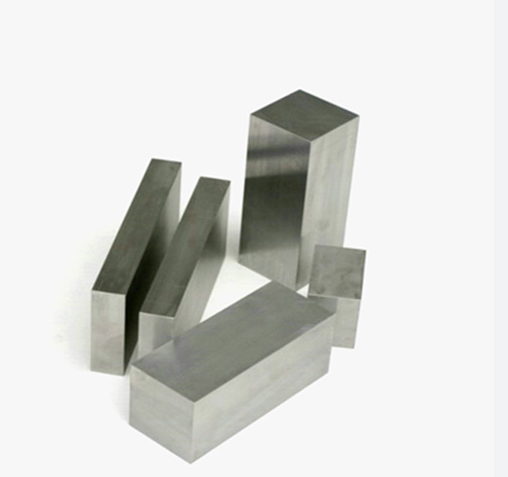
ЧАСТО ЗАДАВАЕМЫЕ ВОПРОСЫ
| Вопрос | Ответить |
|---|---|
| Могут ли твердосплавные пластины со временем заржаветь? | Да, особенно кобальтовое связующее внутри. Храните в сухом помещении с низкой влажностью, чтобы избежать этого. |
| Как лучше всего маркировать хранящиеся твердосплавные пластины? | Используйте прочные, водонепроницаемые этикетки с указанием типа, размера, номера партии и даты получения. |
| Как следует укладывать пластины из твердого сплава? | В идеале их не следует складывать в стопку. Используйте вертикальные слоты или располагайте их горизонтально с прокладками между ними. |
| Можно ли использовать WD-40 для предотвращения ржавчины на твердосплавных пластинах? | Это не идеальный вариант. Для долговременной защиты используйте соответствующие масла для предотвращения ржавчины или бумагу VCI. |
| Какой контейнер лучше всего подходит для длительного хранения? | Вакуумные пакеты с влагопоглотителями или контейнеры с азотом в мягких контейнерах для хранения. |
| Можно ли хранить твердосплавные пластины в деревянных шкафах? | Только если шкафы герметичны и влагостойки. Необработанная древесина может впитывать и выделять влагу. |
| Как очистить проржавевшую твердосплавную пластину? | Осторожно используйте мягкие абразивные чистящие средства. Избегайте агрессивных химикатов, которые могут повредить связующее вещество. |
| Истекает ли срок годности твердосплавных пластин? | Не совсем так. При правильном хранении без воздействия влаги и механических повреждений они могут служить десятилетиями. |
| Следует ли хранить карбид вместе с другими металлами? | Нет. Храните их отдельно, чтобы избежать загрязнения и путаницы. |
| Можно ли хранить твердосплавные пластины в открытых сараях? | Это рискованно. В открытых сараях часто отсутствует контроль влажности и температуры, что может привести к повреждениям. |


